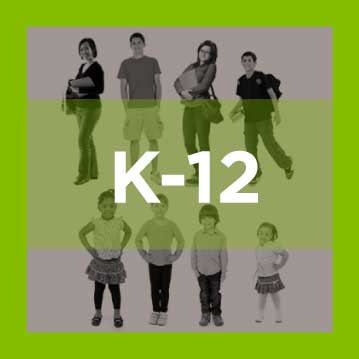In 1983, the President’s Council on Fitness, Sports & Nutrition designated May as National Physical Fitness and Sports month to draw attention to the importance of physical fitness in the lives of all Americans, including our children. Most people recognize the health benefits of regular exercise as well as the negative impacts of sedentary lifestyles. In addition, with ever-increasing rates of childhood obesity, instilling healthy habits in children is critical both to their health and the survival of our economy.
Despite all of this, physical activity in schools has not always been a priority. In the early 2000s, increased importance was placed on standardized test scores. Many educators began increasing student time in the classroom to try to improve those scores; however, that time was often found by shifting time away from recess and physical education. Today, fewer than one in three American children ages 6-17 get the Centers for Disease Control (CDC)-recommended 60 minutes of daily exercise.
According to the CDC, the health benefits of physical activity for students include reduced risk of obesity, chronic disease, anxiety and stress as well as improved strength and endurance. But, there are also benefits to physical activity beyond improved student health. Research suggests that physical activity during the school day also has many social, emotional and cognitive benefits for children, including improved concentration and attention in the classroom. Since children spend many of their daylight hours at school, if we want our children to gain the benefits of regular movement, it is imperative that physical activity be built into the school day.
In terms of state policy, only 13 states currently outline specific requirements for physical activity at school. However, other states do outline broad recommendations, and at least four states have proposed legislation around required recess in the last few years. The National Institute on Child Health and Human Development found that schools are more likely to include the recommended amount of physical education and recess each week if they are located in states with formal laws either mandating or encouraging physical activity. Such laws thus have the potential to make an impact on the long-term health and success of our students.
In addition, the federal government plays a role in providing supports and messaging around physical activity in schools. Former first lady Michele Obama led the Let’s Move initiative to encourage improved nutrition and increased physical activity for children. The National Fitness Foundation, the only congressionally chartered nonprofit focused on health and fitness, celebrated National Physical Fitness and Sports Month this year by announcing grants to support quality physical education in 254 schools. These funds will be used to implement the Presidential Youth Fitness Program in 39 states across the country.
With all of this in mind, it is clear that education leaders at both the state and national levels play an important role in ensuring that students receive the recommended amount of physical activity, thereby improving their chances of living healthier and more productive lives.










